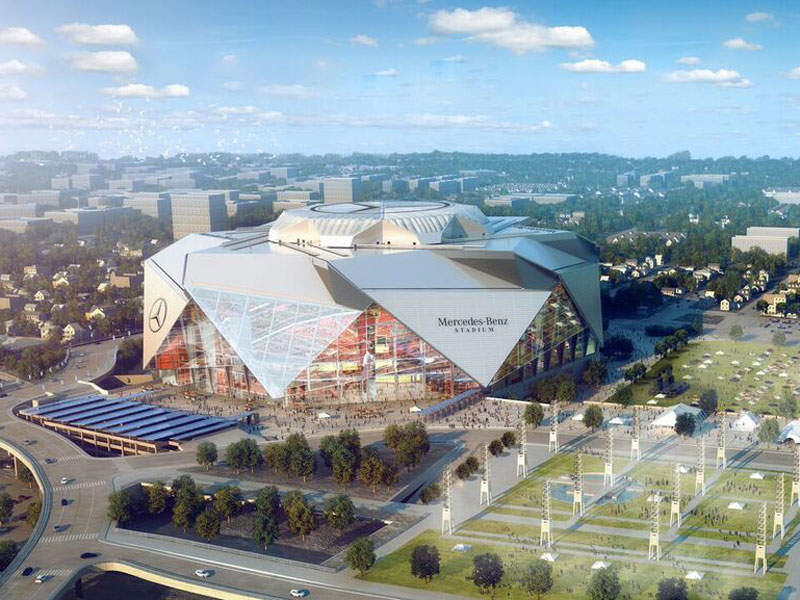What Does the Future Hold for Sports Venues?
What if, on the eve of the rise of automobiles, the horse carriage makers had to think about their future?
What might they have foreseen, knowing that something like this had recently driven onto the transportation scene?
If they had thought as conventional proprietors of substantial assets and sunk costs, in an industry which had been, up to that time, hugely successful, they might have come up with an alternative which would put to shame such a plain and uninteresting conveyance as the Model T, with no heritage or charm to speak of, and nothing that would fairly be called luxury.
No… the makers of horsed carriages literally owned the personal transportation market, and they were convinced that they knew miles more than the makers of the rickety, inelegant, unreliable horseless kind.
They, after all, were the Carriage Kings, and they knew a thing or two about transportation.
So, if they’d had the foresight to plan ahead for the changes coming to their market, rather than doing what they in general actually did: deny the truth of what could be about to happen… they may very well have come up with this solution to The Future:
This is the Queen’s Gold State Coach, in England. Stunning… superb… beyond any conceivable reach of the internal combustion maniacs that dared to challenge real transport with their Model Ts and the like.
We know how that story ended…
[Click image to enlarge]
Further, we know that the next phase isn’t this…
It’s more like this…
Which brings us to this:
This is the brand-new US$1.6 billion Atlanta Mercedes Stadium, which is the latest – and not the last – of the technologically incredible, public financially questionable, monuments to the same mindset that might have produced that literally gold-plated State Coach.
Other than the value of the sheer spectacle of the thing [which can be experienced driving by], the only concession [pardon the pun] to consumer reason is that the hot dogs there will only be $2.00 each.
Its predecessor – the Georgia Dome – was built in the heyday of the NFL building boom and is now being destroyed, after costing local taxpayers [including those thousands who have only driven by] hundreds of millions of un-returned dollars and returning a big net nothing to the local economy.
Which has been the case with these enormous structures for years, and is why cities like Seattle, Anaheim, and Calgary are pushing back -in different ways – against “stadiumania.”
Dynamics much like these are also chilling potential Host Cities’ enthusiasm for the Olympic games. The recent 2024 award cycle [and the unprecedented double award to Paris and Los Angeles] confirmed this chill. Speaking of chill, the 2026 bid cycle for the Winter Games faces significant hurdles with the five remaining potential hosts, even after the groundbreaking bid process changes of the IOC’s Agenda 2020 reforms.
The most chilling thought for arena developers and event planners is that the future of “spectacle” will change all of this… all of it.
We believe that the emotional impact of experiencing a sporting event in Virtual Reality will before long approach – not to say surpass – that of physically visiting the Mercedes Stadiums of the world.

When that happens, the question for fans will become, “Is it worth it to go?”
For very many of them, the answer will be “No.”
The Future is Now.








